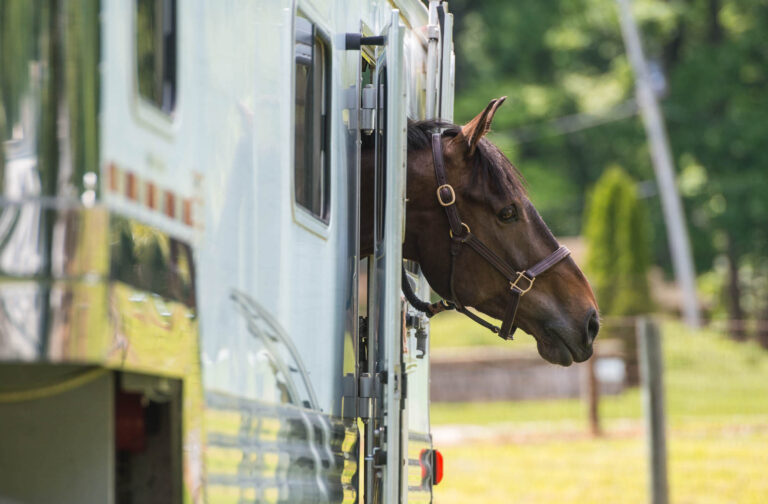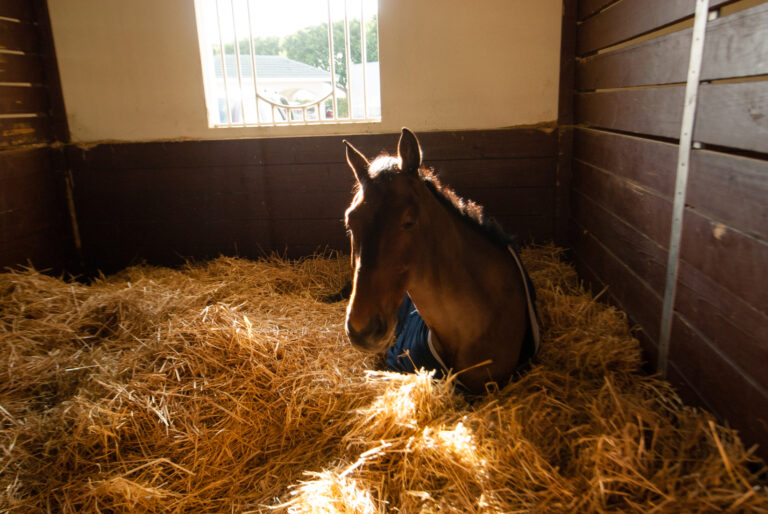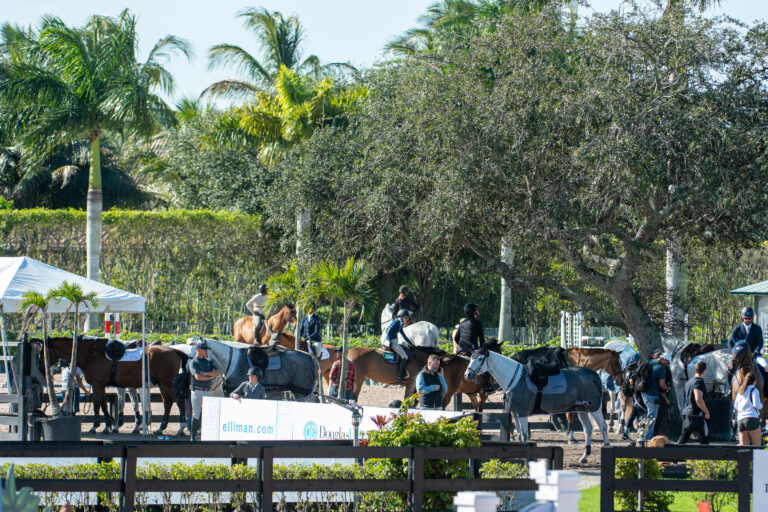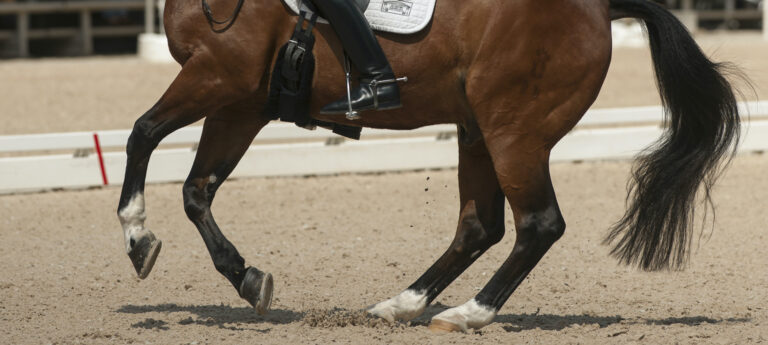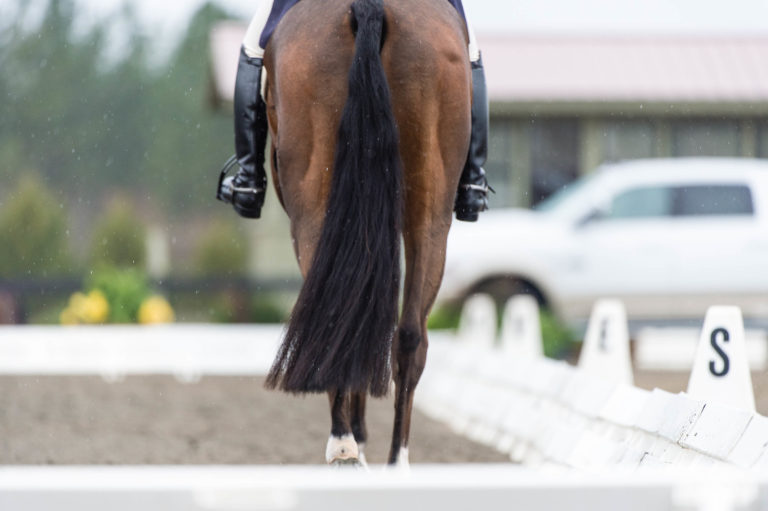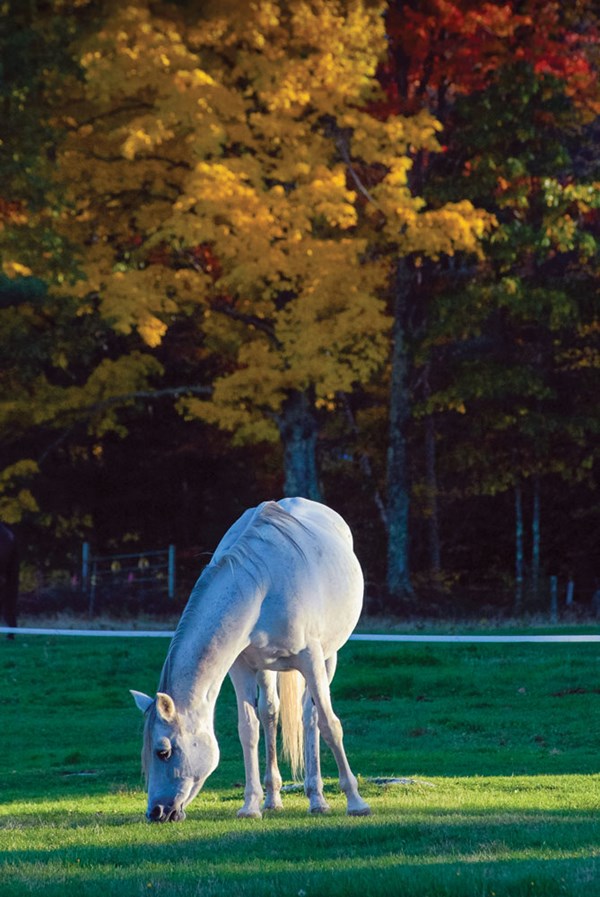
Horses on pasture have been documented to have a lower incidence of colic and behavioral vices. Though not scientifically proven, it is well accepted (and has been my experience) that horses on good pasture are generally healthier, with better-looking coats and better body condition than those maintained in stalls.
It is a common observation that horses—especially older ones and “hard keepers”—do better in the spring, summer and fall on pasture than when they have to rely on hay/concentrates in the winter. Drying hay does cause loss of some nutrients like vitamins, organic compounds and probably other nutrients that we have yet to identify. Because of that, none of the commercially available nutrient supplements can truly provide everything that is lost in hay/grain-based feeds simply because we do not yet know what those nutrients are. Plus, they usually have a lot of ingredients that are not necessary and, when added in excess, can actually be detrimental.
The ideal amount of pasture access depends on the horse, the pastures and conditions, but I doubt that only 30 minutes or less per day can provide optimal benefit. Allowing your horse to graze for only short periods of time also can be problematic, as it may encourage your horse to eat more greedily. One study showed that horses adapted to very short grazing times by eating more rapidly and indiscriminately than those allowed longer times on pastures.
Horses (including European warmbloods) have been allowed to graze 24/7 successfully for centuries, way before the current concern over insulin resistance and grass fructans came into play. The focus on those issues in the past 10 years has lead to, in my opinion, irrational fears of allowing horses access to the forages to which they were adapted over evolutionary time.
Confinement to dry, dusty paddocks with only dry hay and commercial grain supplements sometimes, though, is the only option available in our modern world. Yes, there are a few horses that are truly challenged (uncontrolled pituitary dysfunction, recurrent laminitis—which has actually now been documented to have a genetic basis in some breeds) whose pasture access should be restricted. Based on my recent three-month Fulbright program experience in Brazil, in tropical regions where horses only have warm-season grasses that are low in protein and high in oxalates, pasture alone will not be sufficient to provide optimal nutrition.
However, if you have access to a good pasture (with cool-season grasses and legumes that are not overgrazed and have minimal weeds) and your horse does not have a history of grass-induced laminitis, increased time on pasture can certainly be beneficial.
Gradually allowing him more time on pasture (eventually the full seven hours or longer) will allow you to cut back on his grain and virtually all vitamin supplements, unless he has a rigorous show or training schedule. This should give you a happier, healthier horse. If your horse starts gaining too much weight, you can limit his intake with a grazing muzzle.
Sarah L. Ralston, VMD, PhD, DACVN, is a professor and Fulbright Scholar at the Department of Animal Sciences/School of Environmental and Biological Sciences at Rutgers University. She is board certified by the American College of Veterinary Nutrition and in the 1960s trained in dressage to Grand Prix with Col. Roberto Mondino of the Brazilian Military.


